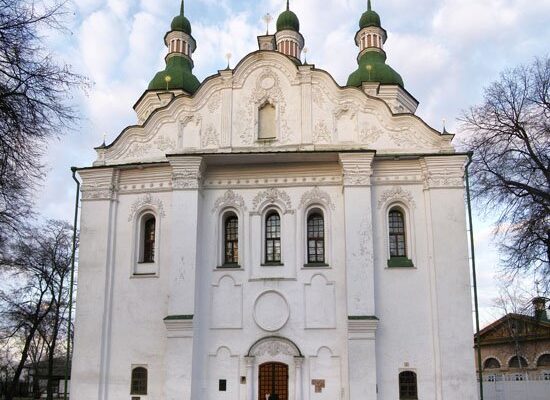St. Cyril’s Church in Kiev (Cyrill’s Church)
Cyril’s Church is a six-column, cross-domed church in Kiev, one of the oldest surviving churches in the former Old Russian state.
Currently, the Cyril Church is not only a museum within the National Reserve “Sophia of Kyiv”, but since 1995 it has been a functioning church of the UOC-MP. On June 14, 2011 the parish was transformed into St. Cyril’s Monastery.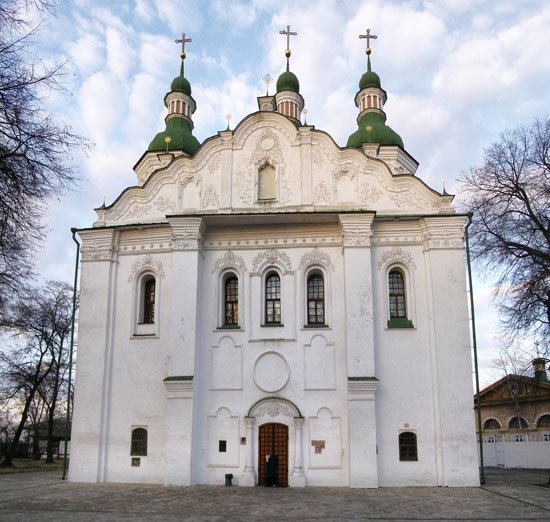
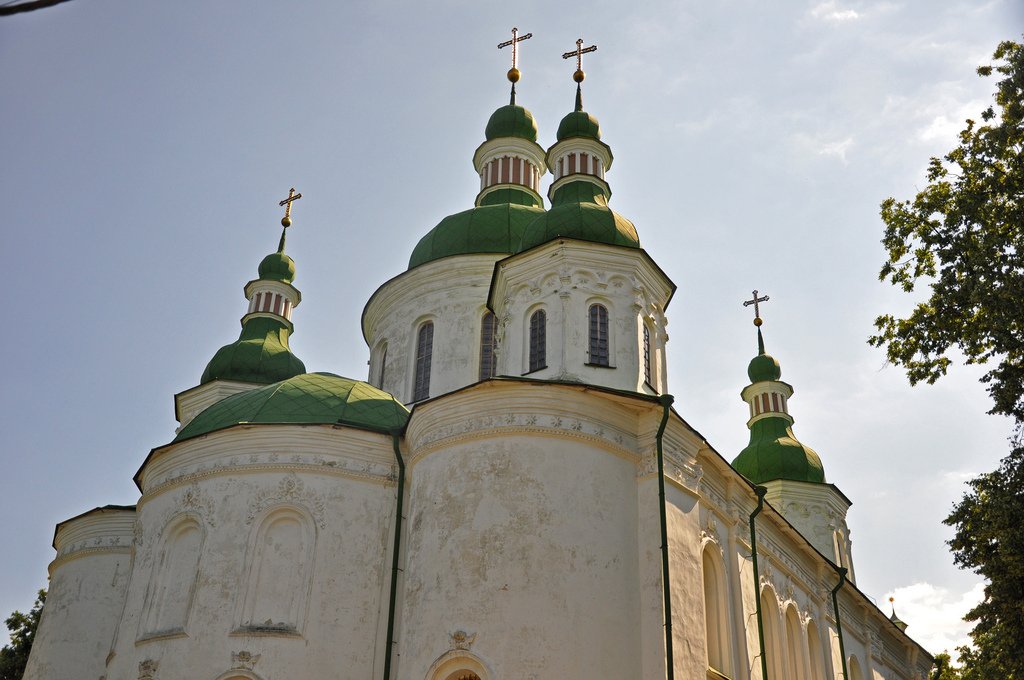
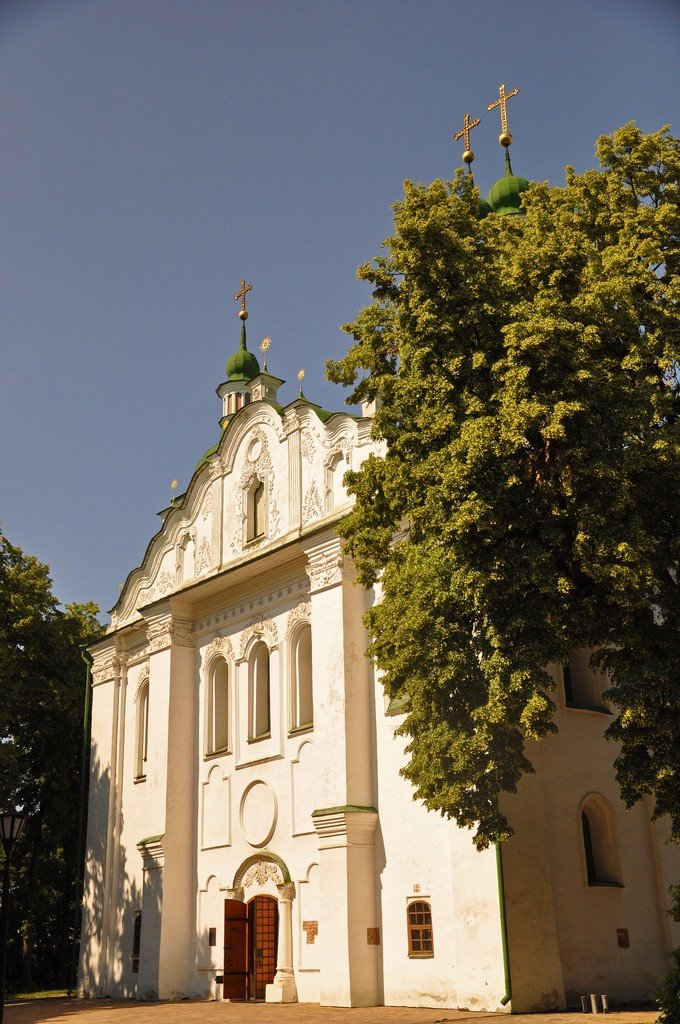
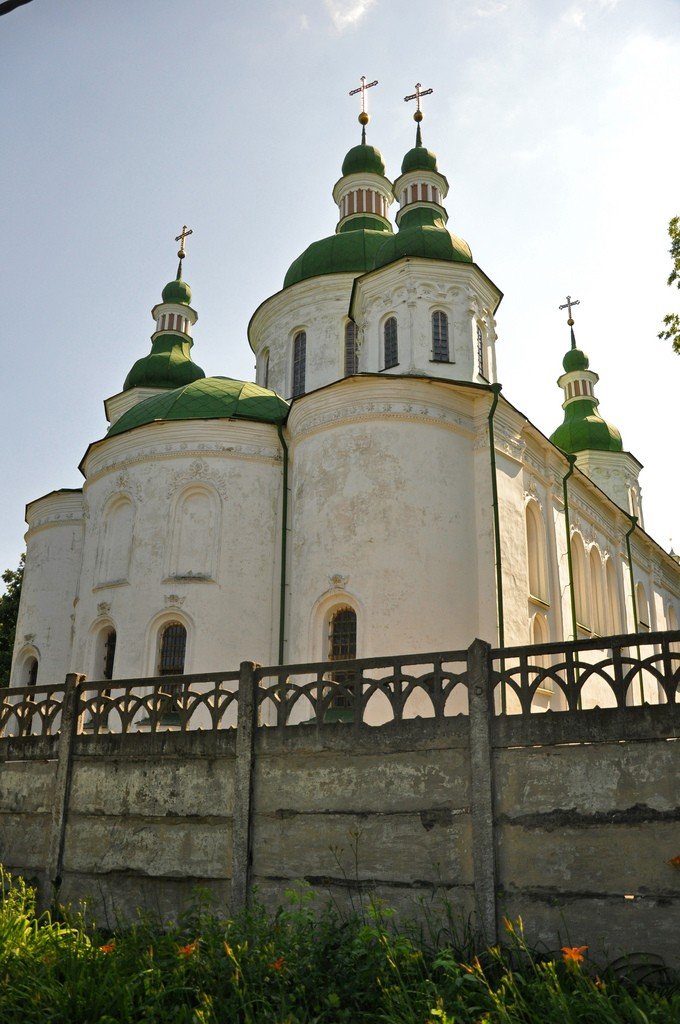
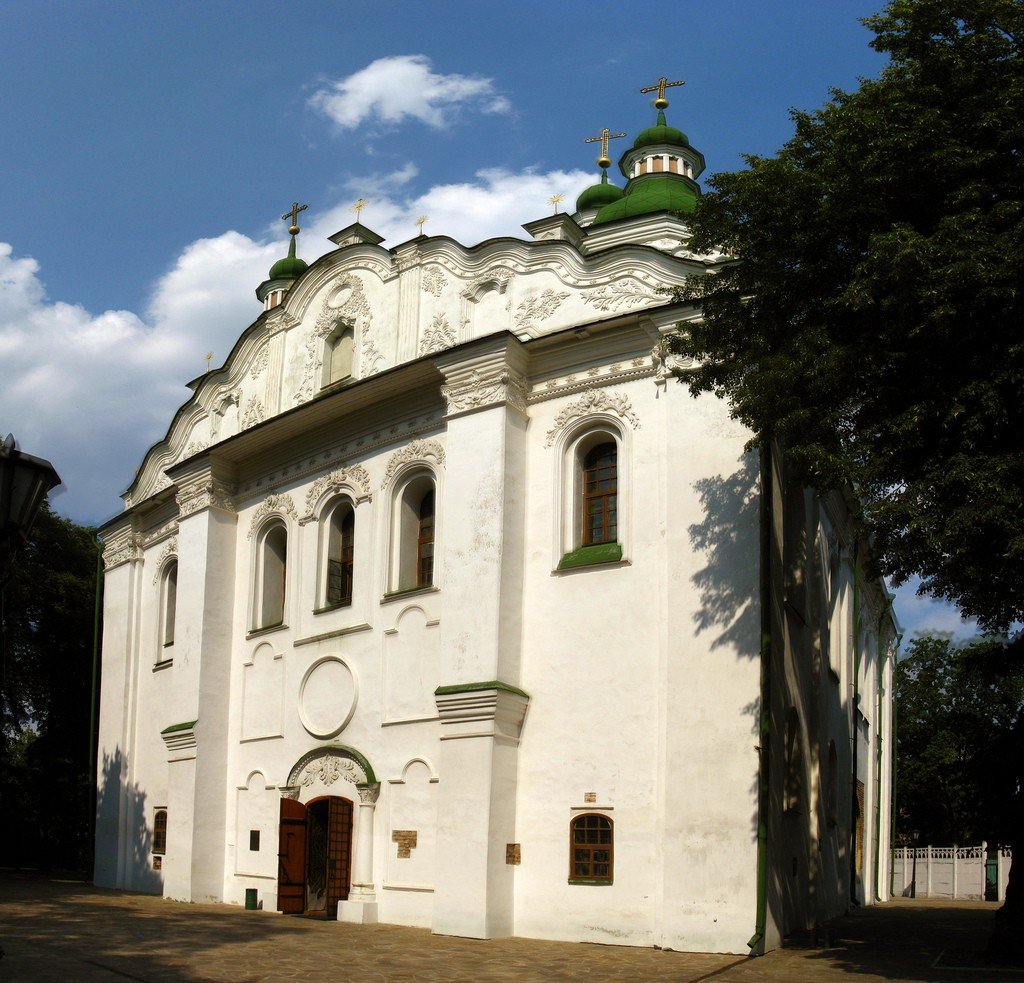
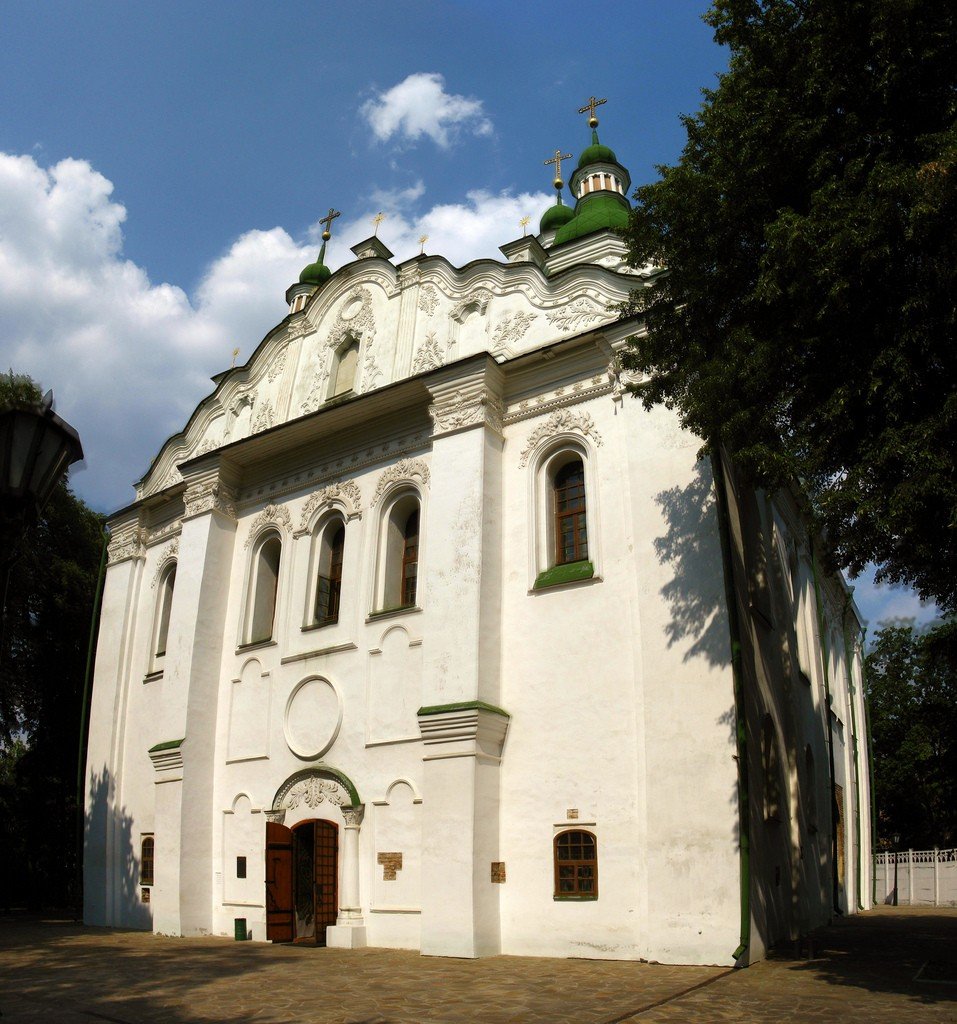
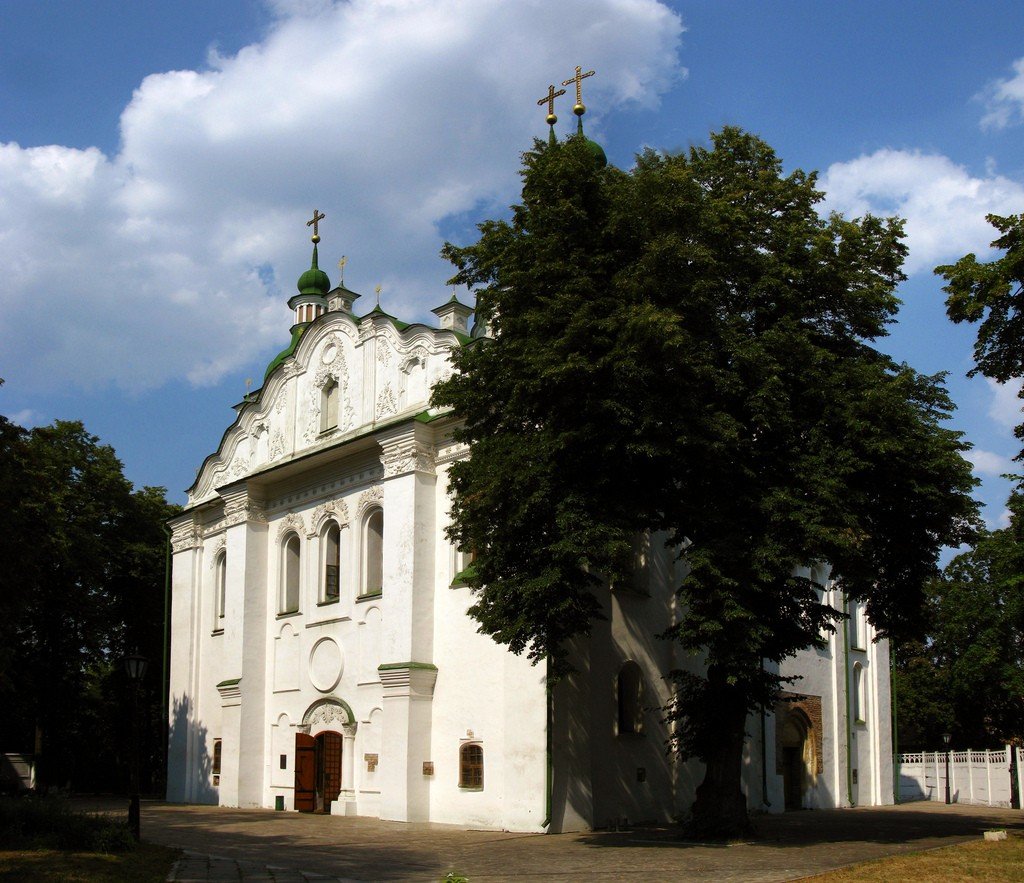
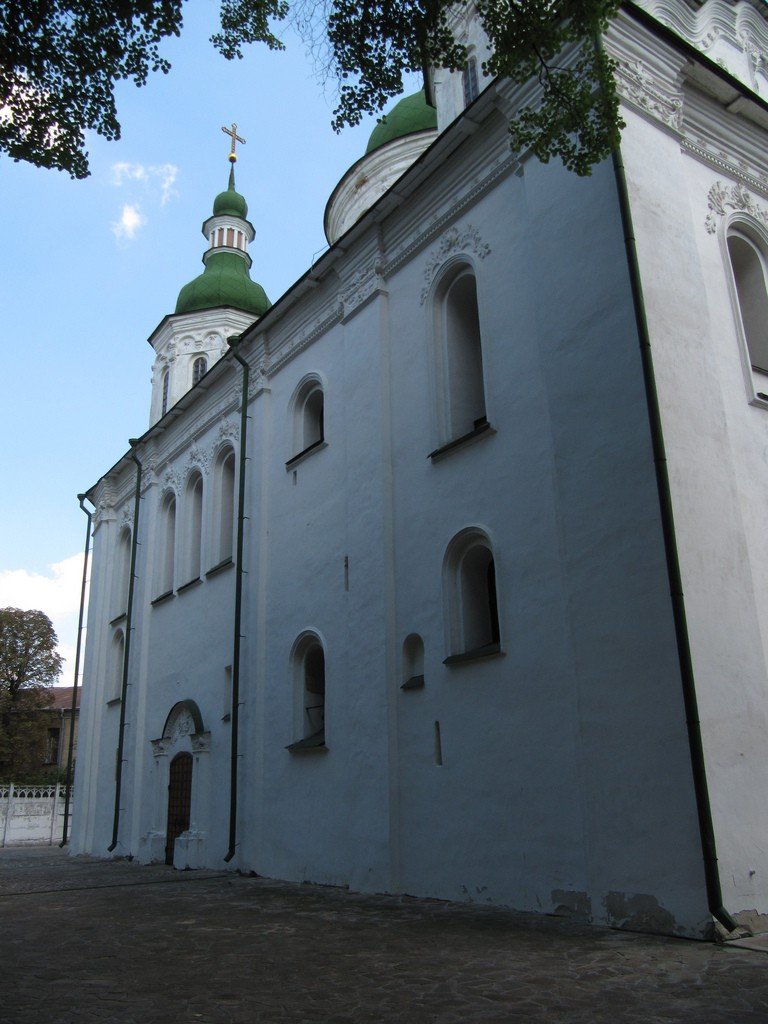
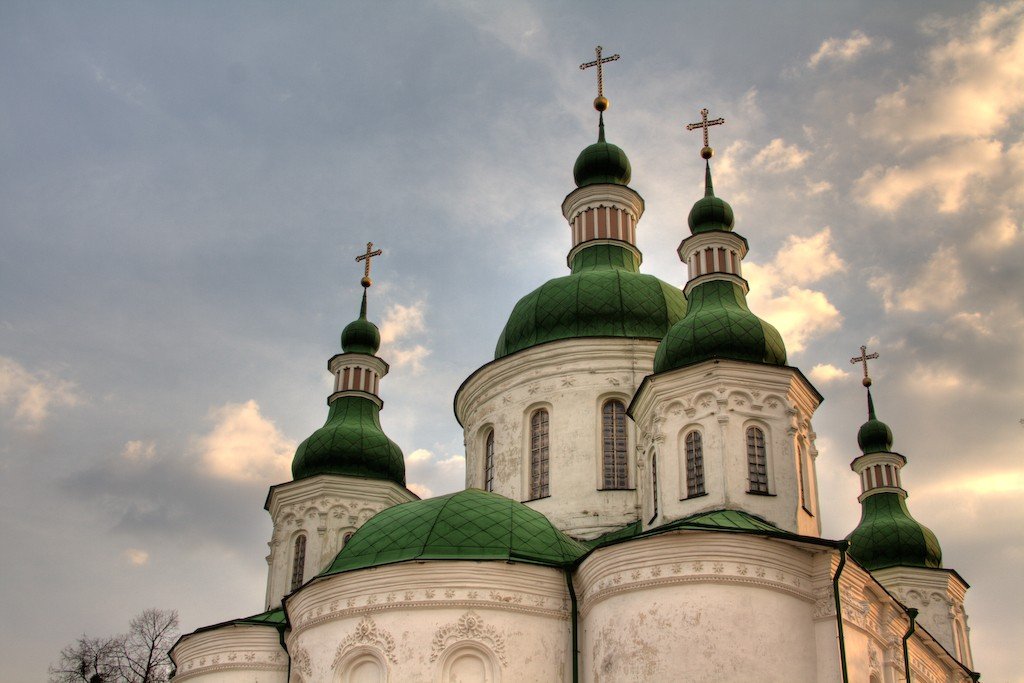
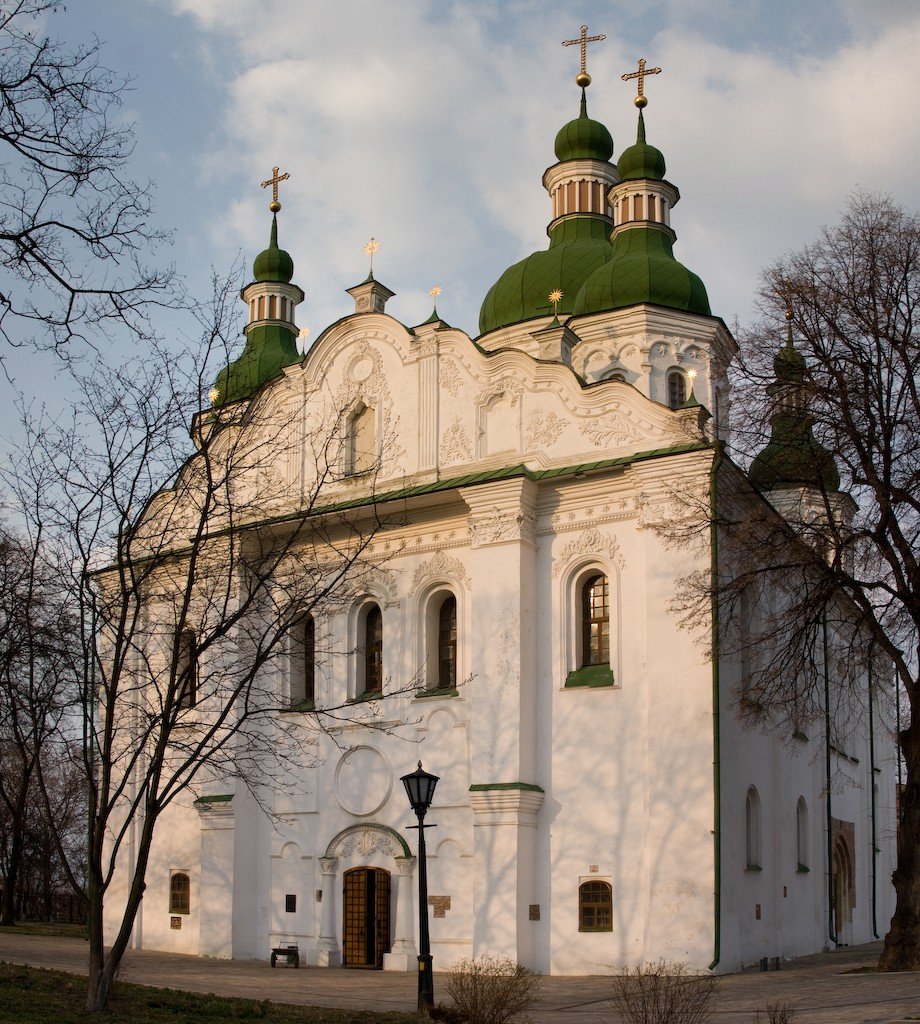
History
The church in the name of Saints Cyril and Athanasius was built after the ascension to the throne of Kiev in 1139 by the Chernigov prince Vsevolod Olgovich on the outskirts of the city – in the village of Dorogozhichi, near which there was a crossing of numerous roads, from where, including the crossing of the Pochaina River, the road to Chernigov began. It was the main cathedral of the Kirillovsky monastery, apparently, called to become the family tomb of the Olgovichs – just as the tomb of the Monomakhichs served as a country Vydubitsky monastery, and Izyaslavichs – Mikhailovsky Zlatoverkhiy monastery.
.The Cyril’s Church became the family tomb of the Chernigov Olgovich princes. In 1179 the wife of Vsevolod Olgovich, Maria Mstislavovna, daughter of Mstislav the Great, was buried here.
.
In 1194, the Kiev prince Svyatoslav Vsevolodovich – the hero of “The Tale of Igor’s Campaign” – was buried in the Kirill Church.
.Architecture
In ancient times, the temple was a cross-domed, single-domed, typically Byzantine sacral structure oriented from west to east. With three aisles, and zakomarny overlap, arcaturnyh belts, strips of ridge, two- and three-stage embrasures portals. Cross vaults are used. The floor is made of watered pottery, significant fragments of ancient fresco painting have survived. The thickness of the walls, built in the technique of equal-layer masonry, reaches up to 2 meters.
.
The narthex is open to the main room, separated from it by a wide arch. In the thickness of the northern wall of the narthex there is an ascent to the choir. In the southern apse in the thickness of the wall, there is a passage, which ended at a height of 4 meters with an arch-shaped hole.
.After the collapse of Kievan Rus, the temple was repeatedly repaired and rebuilt. The four side domes were completed in the 17th century by the Hetman Samoilovich, Konstantin Ostrozhsky. After the fire of 1734 the temple was reconstructed in the Ukrainian Baroque style under the direction of the famous Kiev architect Grigorovich-Barsky. Reconstructions mainly affected the vaults, side domes, a pediment over the entrance was added, windows and portals were decorated with stucco decor.
.
Under the supervision of Grigorovich-Barsky in 1748-1760 near the church were built stone monastery buildings. Of these, part of the fence with a corner turret survived, and the bell tower was demolished in Soviet times.
.
In the 1950s during excavation work under the temple discovered an underground passage leading to numerous cave burials. But 10 years later, the entrance to the caves was blocked with stones and filled with concrete. These forced measures were taken after one of the walls of St. Cyril’s Church gave a through crack. The result of the foundation strengthening works was the actual conservation of the dungeons.
.Wall painting
In the XII century the walls of the temple were covered with frescoes (800 square meters – one fifth of the once existing ones – have been preserved). In the XVII century, temporary damage to the mural painting was renewed in the tempera technique. The painting of this time is represented by the portrait of Hegumen Innokenty of Monastyr on the pylon of the south aisle.
.
In the XVIII century, by decree of Catherine the Great, the Kirillovsky Holy Trinity Monastery was abolished. A hospital was established on the territory of the monastery premises, and the walls of the church from the inside were completely plastered and whitewashed.
In the 60s of the XIX century during repair work under the plaster was discovered an ancient fresco. And already in 1880-1884 years under the guidance of art historian A. V. Prakhov in the temple began work on the clearing of ancient frescoes, and the lost fragments of the ancient wall painting were renewed in the technique of oil painting. Professor Prakhov attracted about 30 students and teachers of the Kiev drawing school of Mykola Murashko, among whom are now classics of Ukrainian painting: Ivan Izhakevich, Ivan Seleznyov, Sergei Kostenko, Mykola Pimonenko and others, as well as 10 students of the Imperial Academy of Arts, including the then unknown Mikhail Vrubel. Vrubel worked in Kiev from May to November 1884. Vrubel wrote the images “Archangel Gabriel” from the Annunciation scene, “Christ’s Entry into Jerusalem”, “The Descent of the Holy Spirit” (on the choirs), “Angels with Labaras”, half-figures of Christ, the heads of the prophets Moses and Solomon.
.Also for the marble iconostasis of the temple Vrubel wrote the icons “St. Athanasius”, “Our Lady with Child”, “Jesus Christ” and “St. Cyril”. The artist painted the images during his trip to Italy, in 1884-1885. The icons are painted in oil on zinc plates.
.Practical information
Address: 12 Elena Teliga St.Opening hours: from 10:00 to 17:30, on Thursday until 16:30, day off – FridayHow to get to Cyril’s Church: the nearest metro station is Petrovka. Further go by trolleybus or bus in the direction of Frunze and Elena Teliga streets
.